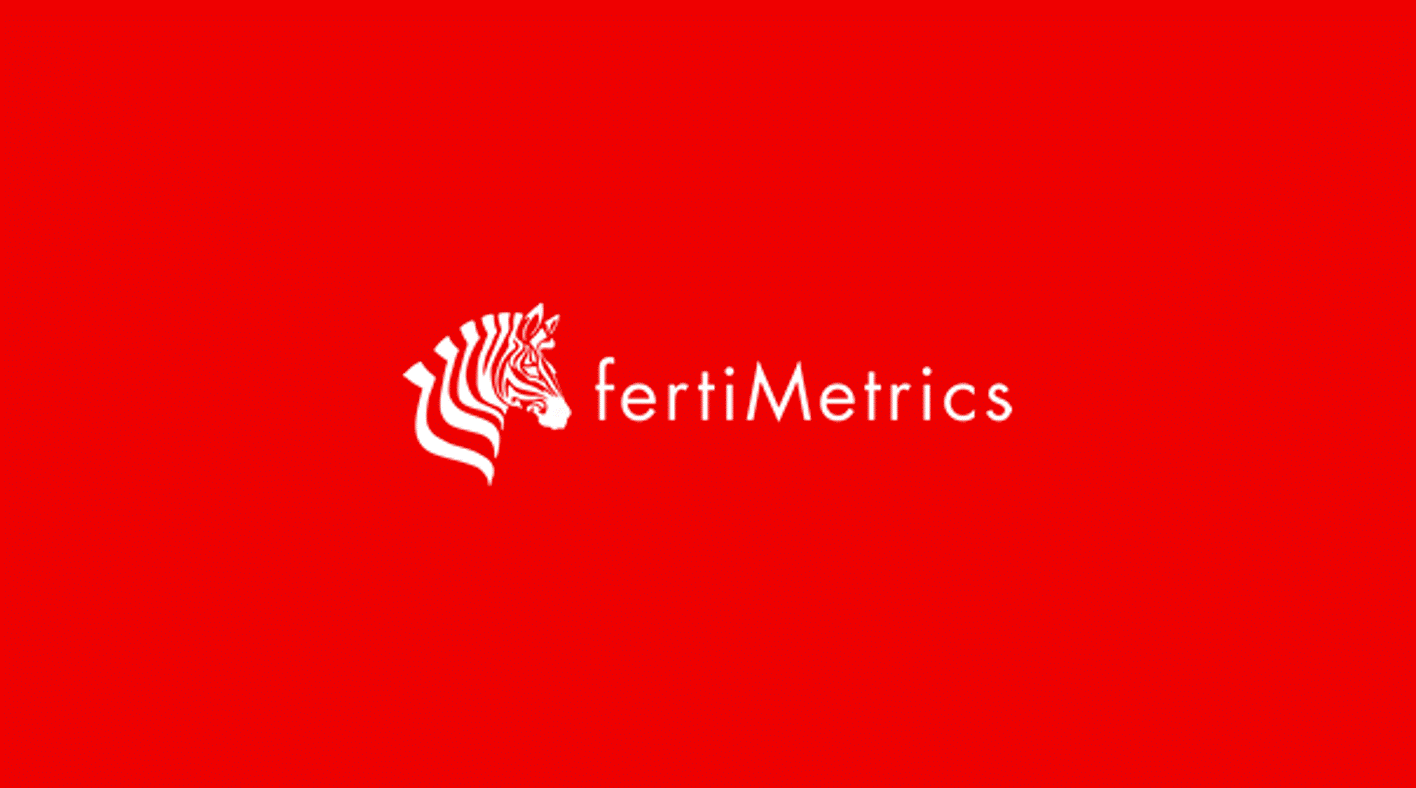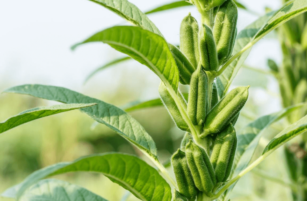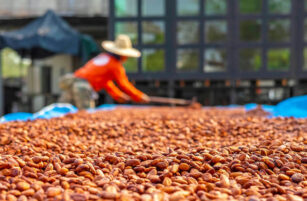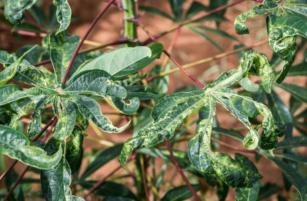Insight Focus
- India considering another import tender to halt Urea price erosion. Rabi season starts 1 October.
- Processed phosphate prices increasing and China may enter the market in Q4.
- Potash prices remain stable, ammonia prices increase due to limited spot supply.
India is rumoured to be on the verge of announcing another urea import tender to make up for the shortfall in securing a robust volume in the latest tender where only 525,000 MT was committed. This time India will again try to secure up to 1.5 million MT.
China is not expected to take part in any meaningful way although it is expected that a couple of cargoes may be offered. This will restrict competition in the tender with Middle East and Russian producers expected to take out the chunk of the offers. Thus, it is expected that prices will be higher than the USD 400-405 PMT CFR on the last tender.
The impact on the rumoured India tender saw some upward movement in the NOLA/US prices with November barges trading between USD 402-425 PMT CFR equivalent. This level is above the current CFR prices in Brazil with floaters secured at below USD 400 PMT CFR, some reports indicate as low as USD 385 PMT CFR. Urea against corn price affordability in Brazil is now at the lowest level since March 2022.
Off season Europe may also react to the anticipated India tender stepping into the market to secure volumes with Egypt sourcing the main target. Egyptian granular urea was this week sold at USD 420-425 PMT FOB for October shipment.
The short-term outlook for the urea market hinges to a large extent on India’s expected urea import tender announcement. However, India alone cannot carry the market. Other large buyers, notably Brazil will need to come into play with large purchases for the Safrinha season.
All eyes are on India government’s imminent announcement on the Nutrient Based Subsidy (NBS) scheme for the Rabi season starting on 1 October. Rabi crops include wheat, barley, oats, chickpea, gram, linseed, garlic, cumin, coriander, mustard, and rapeseed. Under the scheme, a fixed amount of subsidy decided on an annual basis is provided on each grade of subsidized Phosphatic and Potassic (P&K) fertilizers, except for Urea, based on the nutrient content present in them.
Some reports indicate that the cut to the Potash and Phosphate (K+S) subsidy could reach as high as 31% versus the current level. If this happens the import margin on DAP could imply a substantial reduction in imports of DAP. Through August India imported 4.37 million MT of DAP, up 11% year on year. It is forecast that India will need to import another up to 2.5 million MT of DAP before the year end. However, again, with the anticipated cuts in subsidy, this import level could be at risk. Similarly, the contract price on potash could be substantially lower than the current USD 319 PMT CFR.
Globally, there is a limited supply of processed phosphates. OCP claims to be sold out through November of DAP and MAP. China is asking for more than USD 600 PMT FOB for smaller shipment of DAP to SE Asia and the latest DAP tender in India saw the lowest price at USD 599.75 PMT CFR.
The outlook for DAP supply from China in the 4th quarter is for 1 million MT to be made available. This could imply that the price of DAP will come down from the current levels. China exported through August 3.250 million MT of DAP, up 51% year on year. MAP exports from China were up 21% year on year at 1.449 million MT. OCP of Morocco exported through July this year 5.44 million MT of granulated phosphates, down 2% year on year. In 2022 OCP added 1 million MT of granulated phosphates and another 2 million MT will be added in 2023 for a total capacity of close to 15 million MT.
The potash market has been rather quiet this week with Brazil demand coming to a seasonal halt. In addition, farmers in Brazil are holding back for lower prices on the back of lower agricultural prices. In SE Asia El Nino is expected to have a substantial impact on demand for potash with oil palm plantations expecting lower yields. Standard potash consumption for the SE Asian region is expected to drop around 7% this year to 5.7 million MT. Buyers in Indonesia want to match the Pupuk Indonesia price of USD 306 PMT CFR yet some plantations are reported to pay higher prices with a range of USD 305-325 PMT CFR.
The October Tampa ammonia contract price between MOSAIC and YARA went up USD 185 PMT to the new level of USD 575 PMT CFR. Spot ammonia availability is playing havoc with the industry with supplies from Ma’aden in Saudi Arabia still a big question mark when it will become available. SABIC sold at USD 550 PMT FOB, up USD 150 PMT from the previous level. Supply shortages in other parts of the world are also creating higher spot prices. An unconfirmed price of USD 740 PMT CFR Japan for a small 4 KT cargo is circulating. Adding to this there is also speculation that China may enter the export market on a larger scale to take advantage of higher prices. Through August China exported 152.8 KT ammonia versus 46.9 KT year on year. Imports of ammonia to China through August was 557.4 KT versus 175.4 KT year on year.India imported 1.473 million MT through July, up 25.4% year on year. South Korean imports came down 22.7% through August at 732.5 KT down from 947 KT year on year. OCP of Morocco imports of ammonia was reduced to 797.9 KT versus 1.089 million MT year on year.
The outlook for the ammonia market is firm due to lack of spot availability.














